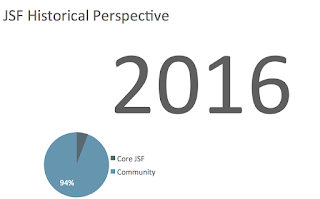Dynamically adding an interceptor to a build-in CDI bean
In Java EE's CDI, beans can be augmented via 2 artefacts; Decorators and Interceptors . Decorators are typically owned by the application code and can decorate a bean that's shipped by the container ( build-in beans ) or a library. Interceptors are typically shipped by a library and can be applied (bound) to a bean that's owned by the application. So how do you bind a library shipped interceptor to a library shipped/build-in bean? In CDI 1.2 and before this wasn't really possible, but in CDI 2.0 we can take advantage of the new InterceptionFactory to do just this. It's not entirely trivial yet, but it's doable. In this article we'll demonstrate how to apply the @RememberMe interceptor binding from the new Java EE 8 Security spec to a build-in bean of type HttpAuthenticationMechanism , which is from the Security spec as well. First we configure our authentication mechanism by means of the following annotation: @BasicAuthenticationMechanismDefin
